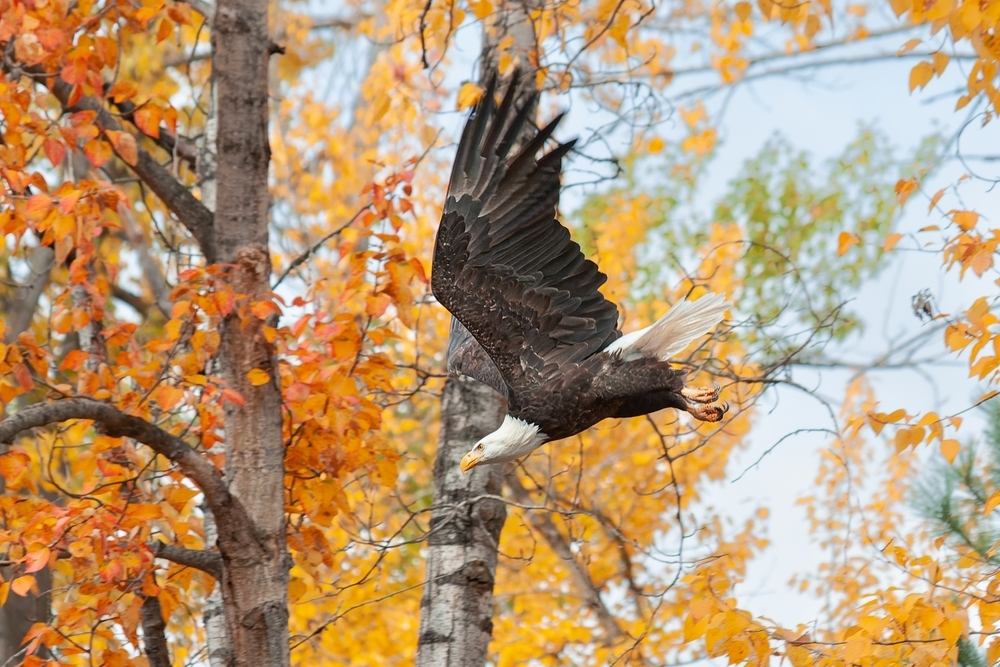|
 Hunters themselves are conservationists, maintaining species populations and protecting habitats. Switching to nonlead ammunition is yet another way they can support wildlife.?
When an animal is killed using lead ammunition, the carcass and gut pile are often left behind on the land. This carcass provides an appealing meal for birds that scavenge such as bald eagles and vultures, also known collectively as ?avian scavengers?. Many mammals like coyotes consume carcasses, however eagles and vultures are severely affected by consuming microscopic lead fragments that are scattered throughout harvested game. Once consumed, the lead toxifies the avian scavenger's blood, tissue, and bones, causing neurological and motor impairments that can lead to death within a matter of days.
In 1991, it became illegal nationwide to hunt waterfowl with lead ammunition. Since then, there has been a movement among hunters to use alternatives such as copper for other game species as well. Manufacturers have responded with cost-effective and powerful non-lead options.
|
|
|
|
